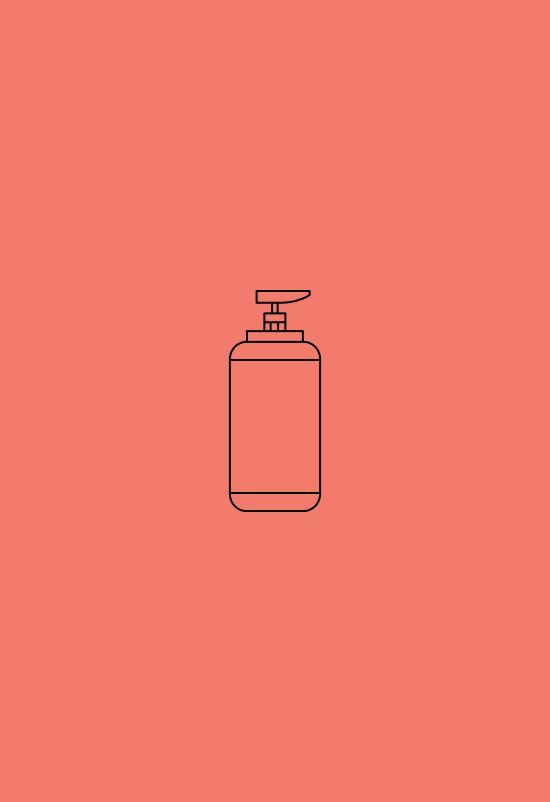The Huron team is one of Repeat's favorites to talk to when it comes to analytics. Many of the team come from a banking and finance background meaning they are no strangers to "the numbers." In this episode of Put it On Repeat Jonny Yu is walking us through all the ways they slice LTV to make it more actionable, and some of his tips on CPG retention.
Listen to the full conversation :
We also pulled out some of the most insightful answers for you to read below.
How do you Choose to Keep Score of Retention?
Many people will answer that question with some variation of LTV (lifetime value), but that isn't always easy to measure nor is it always super helpful. Jonny likes to normalize the data across customers by scoping to a specific time period to compare apples to apples.
"We will look at what is 30 day LTV, 60 day, 90 day. And so on. Another thing we also look at is we actually include the COGS component to it. there's additional levers that we can pull to drive overall profitability. So if we use a hundred dollars, and take out the cost it's, you know, actually 50 of profit. And then we have to factor in what our cost to acquire is. That allows us to also optimize on the operational efficiencies not just the next order."
By slicing LTV into smaller digestable pieces Huron is able to see whats happening on the retention front faster and as Jonny says "allows an apple to apples comparison." I also love that the Huron team is bringing in COGS (cost of goods sold) and the cost to acquire customers into the equation to focus on profit rather than top line revenue. Retention (especially in CPG) is about increasing both growth and profitability.
Are there any other ways you slice LTV to find ways to improve retention?
Not only does Jonny and the Huron team like to to look at LTV in smaller time periods they also like to slice it based on starting product as well as discount codes used.
This allows them to prioritize acquisition efforts that lead to the highest long term profitability for the brand.
"We look at what products people are actually buying in their first order. We go into a lot of detail there, like, what are they buying on their first order? What does that translate to on the second order? And then the other piece we like to cut the data around is discount codes used or not used, and seeing what their trends are, past that initial purchase."
By understanding the ongoing value of a customer that starts with a certain product or discount code Huron can allocate more dollars to the campaigns and the products that are leading to ongoing value. Just because a product is a top seller does not mean its the best product to lead with.
Are there products that are better suited for a repeat purchase than a first time one?
I asked Jonny to share if there are any product that have a low LTV when the customer starts with that purchase but are great when its part of a reorder.
What Jonny shared makes a ton of sense.
"A lot of guys will probably already use the existing shower, staples, like body wash, shampoo, deodorant. But, there's many other products out there that they're not as familiar with and they may not use.
So using a separate product to moisturize, a separate product to wash your face, and a separate product to help with under-eye bags might feel a bit foreign. So if a guy feels that their shower is being taken over by Huron with the core products they are more open to expanding their personal care regimen with other Huon products."
While those supplementary Huron products are great they are not as "known" as the staples like shampoo and body-wash. By starting the relationship off with products that require little education, Huron can build trust and brand credibility. Once that's established it becomes easier to introduce those other products.
How do you introduce those secondary products?
If the staples are the best place to start, but the secondary products have great LTV and margins when purchased on a reorder, whats the best way to introduce those products to the customer.
Here's what Jonny had to say.
"I think it's important to start what that second purchase behavior looks like. So typically, when does that reorder take place? Is it, you know, 30 days after the first order, 45, 60 and so on."
By understanding when a customer is likely to reorder you know exactly when to time your subsequent offers.
Huron uses this information (provided by Repeat) to power to distinct post-purchase flows. One that is encouraging the customer to replenish previous purchases and another that is targeting them to reorder a completely different secondary item.
"The way we build our flows out is there's two separate journeys that someone will go through. They'll go through both, but they'll be at different times and one's exclusively for collections that they haven't purchased just yet. The other one is exclusively for the collections they've already purchased."
These flows allow Huron to capitalize on both types of reordering behavior. A restock of a favorite or the discovery of something brand new.
Other retention tips covered in the full episode.
Not only did we discuss LTV and how to take action on the data, we also talked a lot about how Huron creates an amazing customer experience that gets customers to return.
We covered:
- The use of Jumbo sizes SKUs
- Why some emails are sent from Huron and some from people at Huron
- The use of a sampling program
You can hear all the details of the conversation by listening to the full episode below.
We have new podcast content weekly on our full podcast, The Shelf Life.
Be the first to hear every new episode by subscribing to the podcast.








